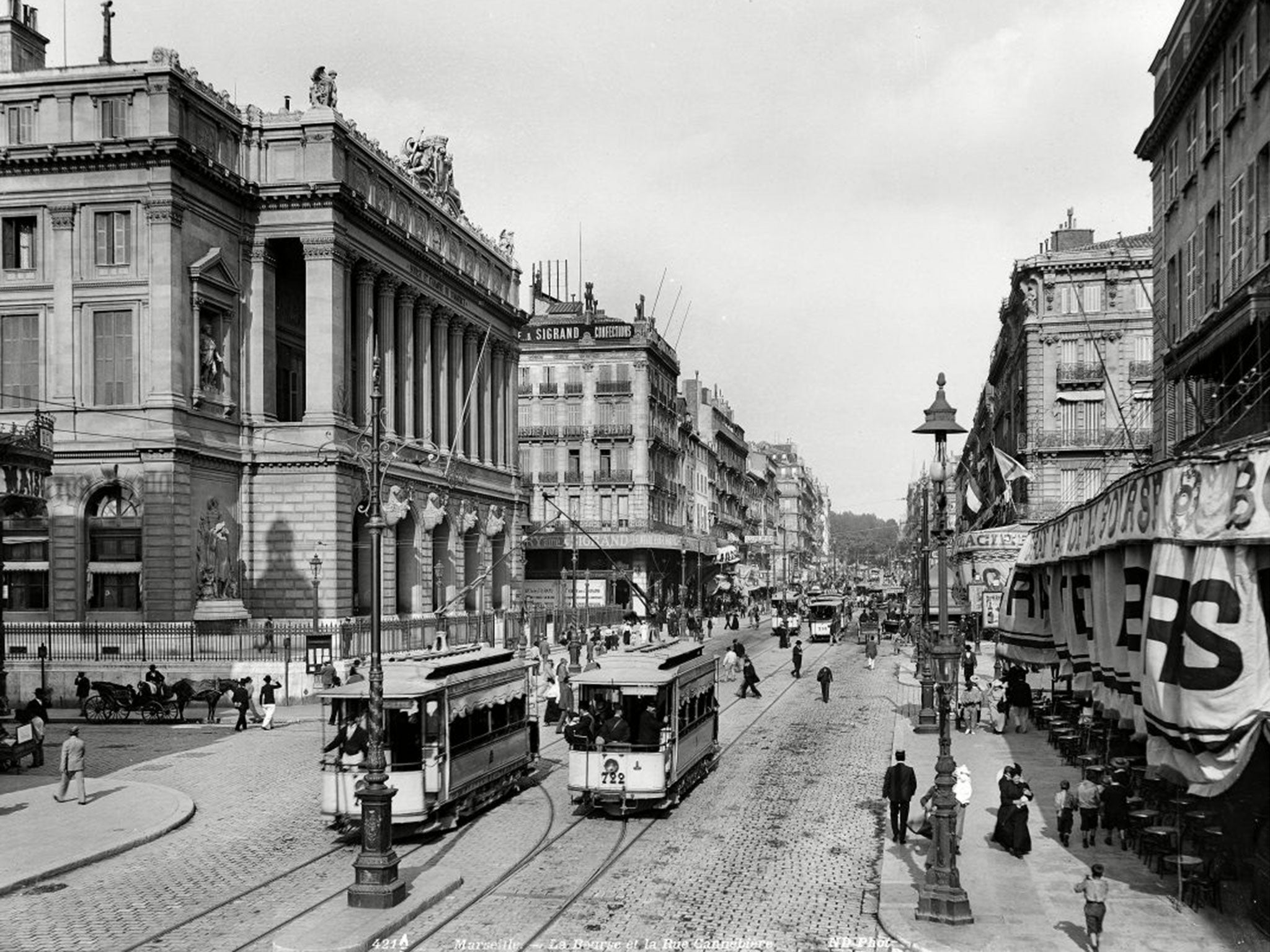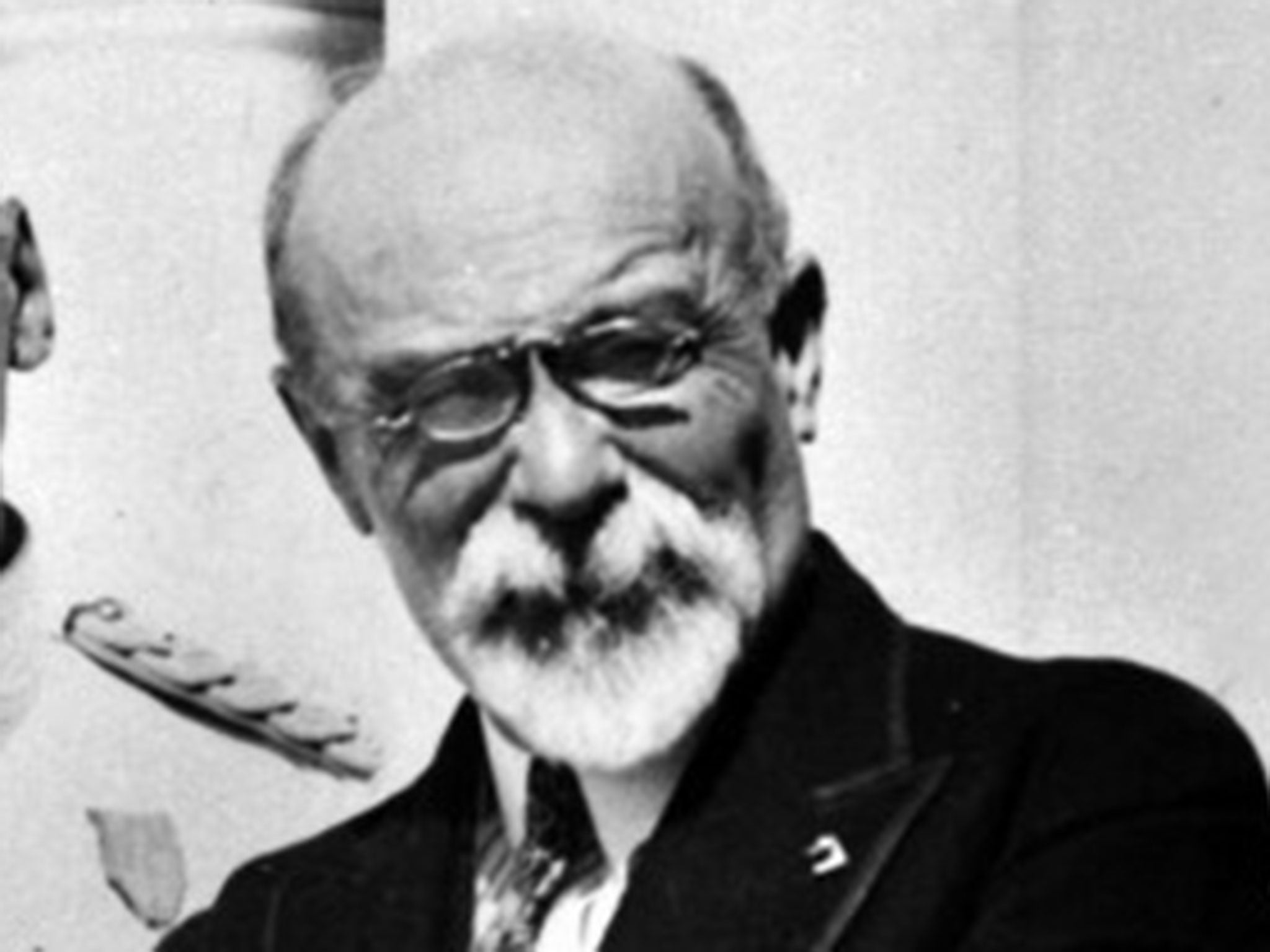La Canebière, once the pride of Marseilles, now the road to nowhere
Inhabited by the homeless, drug addicts and alcoholics, the air is filled with the stench of urine and beer

Your support helps us to tell the story
From reproductive rights to climate change to Big Tech, The Independent is on the ground when the story is developing. Whether it's investigating the financials of Elon Musk's pro-Trump PAC or producing our latest documentary, 'The A Word', which shines a light on the American women fighting for reproductive rights, we know how important it is to parse out the facts from the messaging.
At such a critical moment in US history, we need reporters on the ground. Your donation allows us to keep sending journalists to speak to both sides of the story.
The Independent is trusted by Americans across the entire political spectrum. And unlike many other quality news outlets, we choose not to lock Americans out of our reporting and analysis with paywalls. We believe quality journalism should be available to everyone, paid for by those who can afford it.
Your support makes all the difference.It was once the Champs Elysées of Marseilles, a majestic tree-lined avenue heading east from the Vieux-Port, immortalised in films such as French Connection II.
But the glory days of la Canebière are gone. Today the Marseilles newspaper La Provence consigned the avenue to the tourism dustbin in an article which concluded “there is nothing attractive about la Canebière”. It said that local hotels were advising customers to stay away from the avenue which is now practically deserted after 8pm.
Disappointed tourists are unprepared for the shabby and unsalubrious state of la Canebière, its upper reaches inhabited by the homeless, drug addicts and alcoholics, the air in its litter-strewn pavements filled with the stench of urine and beer. The tram now rumbles noisily down the avenue where construction work churns out noise and dust.
A British tourist from Brighton who asked directions for la Canebière was astonished when he was told he was standing on it. “You’re joking,” he said. A Polish tourist walking back towards the Vieux-Port from the Reform church told the paper that it was the first time he’d visited Marseilles “and I’d heard about this famous Canebière. It’s a rip off!”
Named from the Latin word for cannabis, La Canebière was originally part of the hemp fields around the old port. The Provençal word for hemp is canebe.
Built in 1666 under Louis XIV, the avenue’s heyday was under the Third Republic at the end of the 19th century, when café life flourished around the thriving commodity exchange. On October 9 1934, the king of Yugoslavia, Alexander 1, was assassinated by a Croatian terrorist just after he had disembarked at the port at the start of a visit to France.
The French Foreign Minister Louis Barthou was also fatally wounded in the shooting outside the stock exchange at the bottom of the avenue. Their death masks are on display in a city museum.
Later, the 1km-long artery came to symbolise the dividing line between the city’s impoverished and troubled northern districts, where drugs and cigarette smuggling are as rife now as in the French Connection of the 1970s, and the southern bourgeois districts.
The bustling avenue was a backdrop for several films when Marseilles was known as the French Los Angeles in the 1920s thanks to its film industry. It was celebrated in song in the Henri Alibert operetta “Un de la Canebière”. Marcel Pagnol, the chronicler of life in Marseilles and its surroundings, set scenes from Marius around an idealised Vieux-Port.

But the sumptuous Café Riche is now a Monoprix store (a supermarket), and the Café Turc was replaced by the tourism office, now abandoned after the office moved across the street.
There are still plenty reasons to visit Marseilles, which was the European city of culture in 2013. But now the tourists flock to the spectacular Museum of European and Mediterranean Civilisations whose dark honeycomb stands at the other end of the Vieux-Port.
Jean-Pierre Cassely, a tourist guide, said that the museum has acted like a magnet and tourists now tend to go there and nowhere else. He told The Independent that “it’s not just la Canebière which is dying, it’s the city of Marseilles.”
The museum“is like giving oxygen to a sick man who has a moment of euphoria before succumbing,” he added.
Still, city authorities have plans to refurbish the emblematic avenue, by putting in a four-star hotel and a brasserie. The deputy mayor of Marseilles Dominique Vlasto said: “La Canebière isn’t the same as 60 years ago, and the city wants to give it back its lustre.”
Join our commenting forum
Join thought-provoking conversations, follow other Independent readers and see their replies
Comments